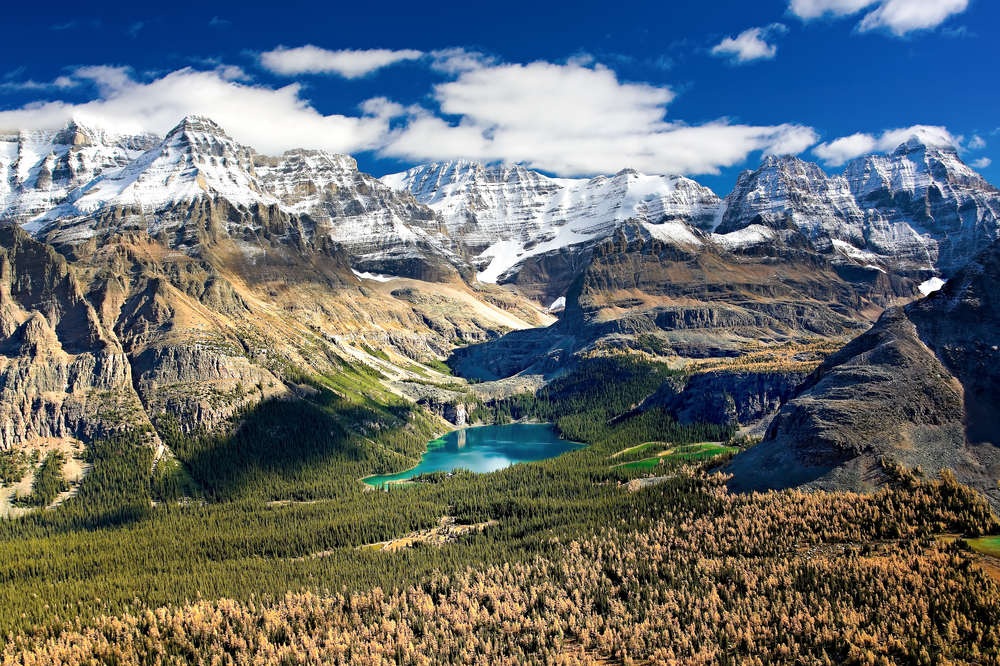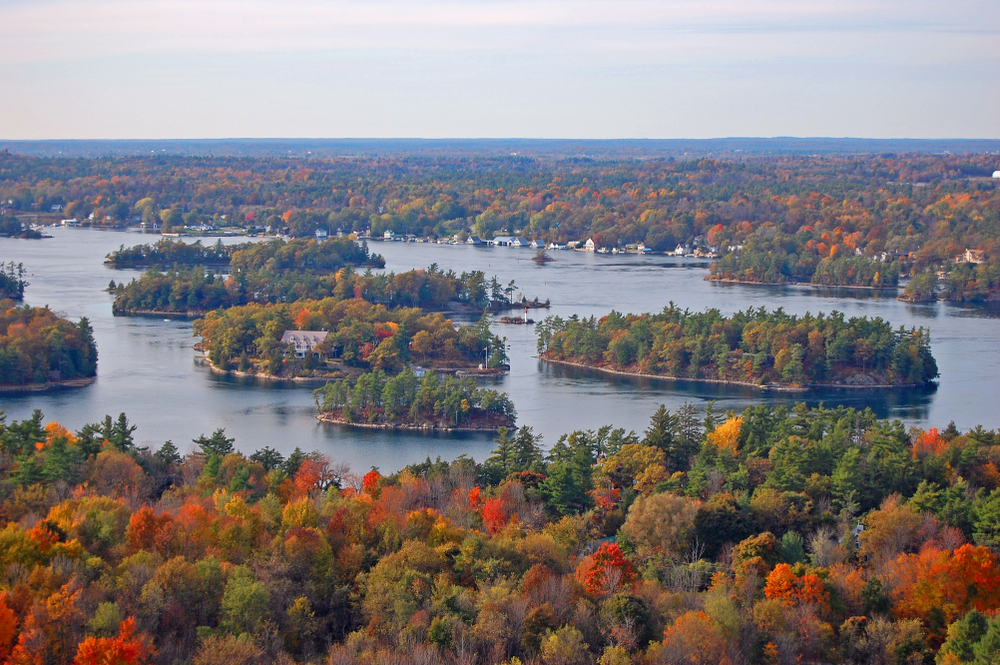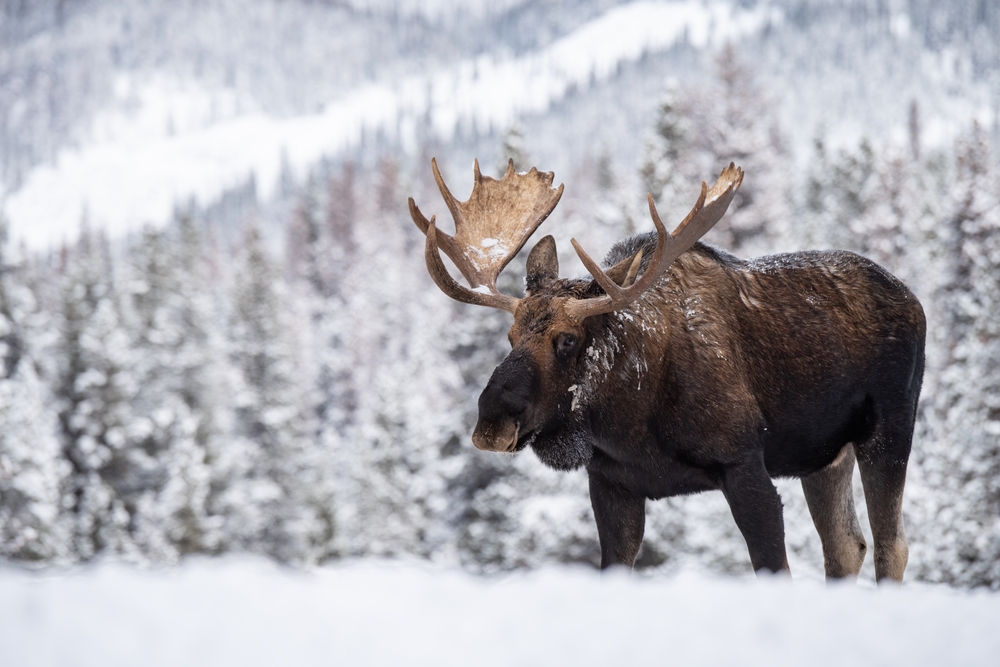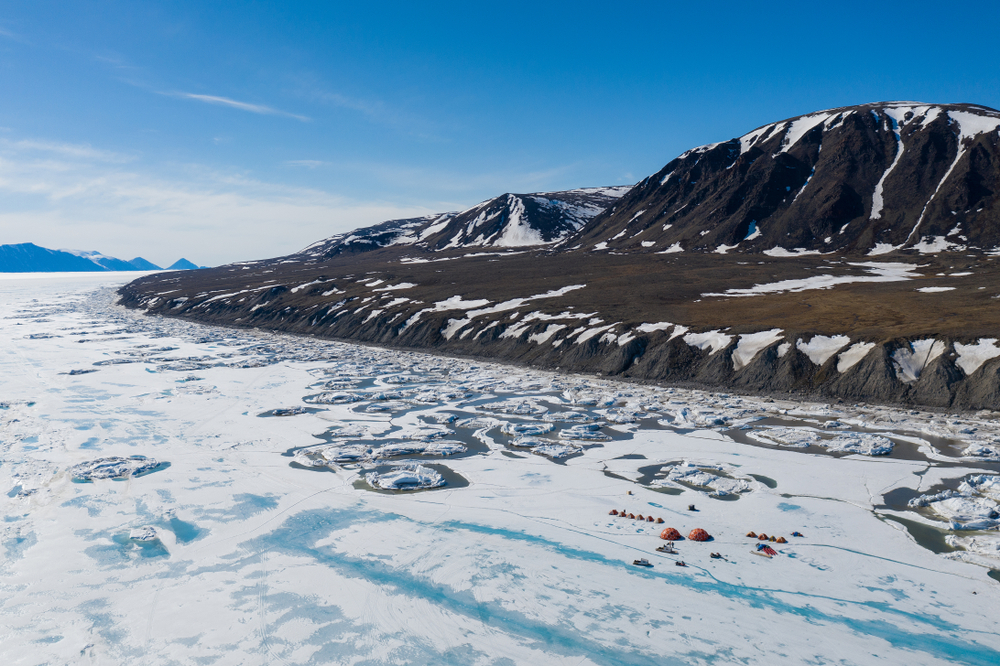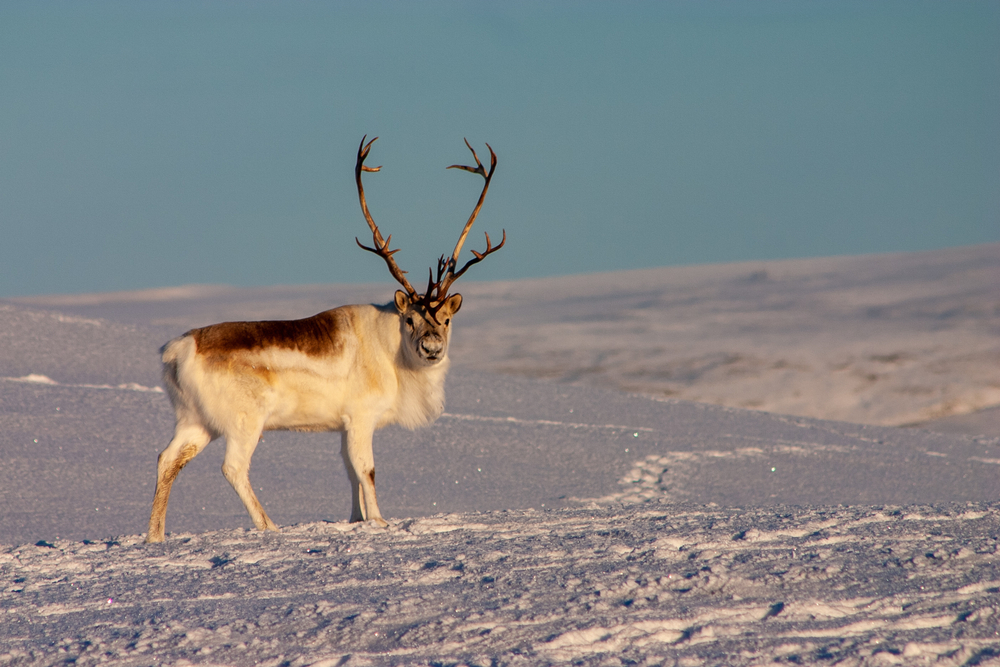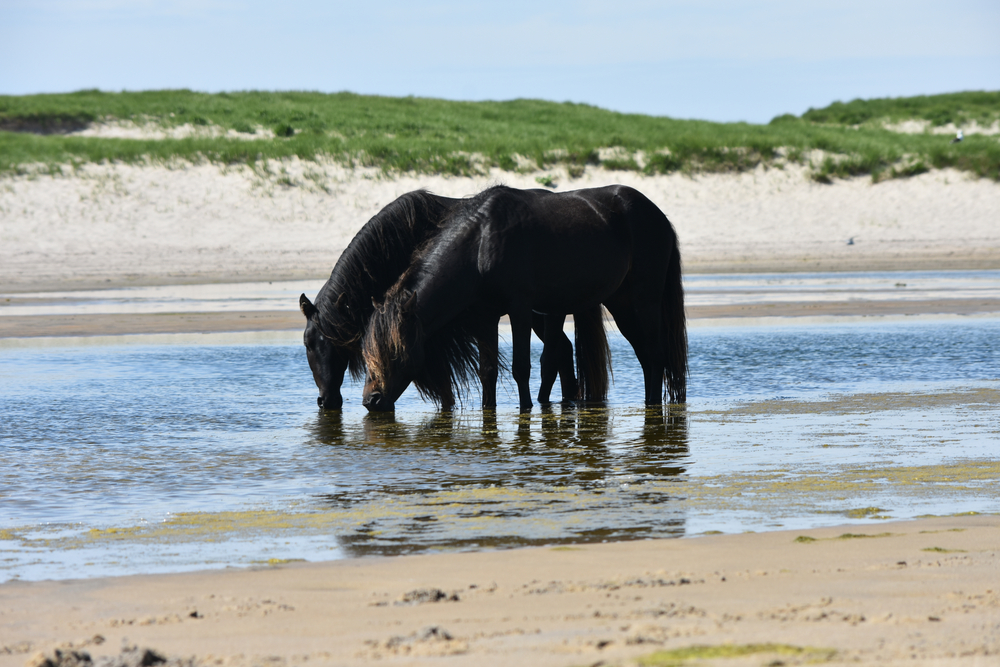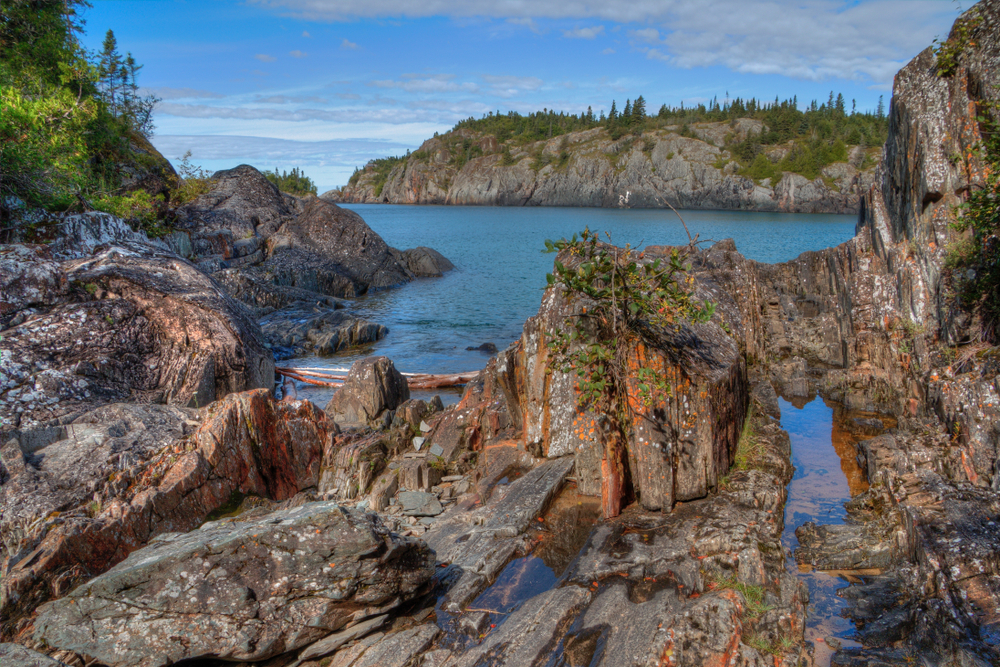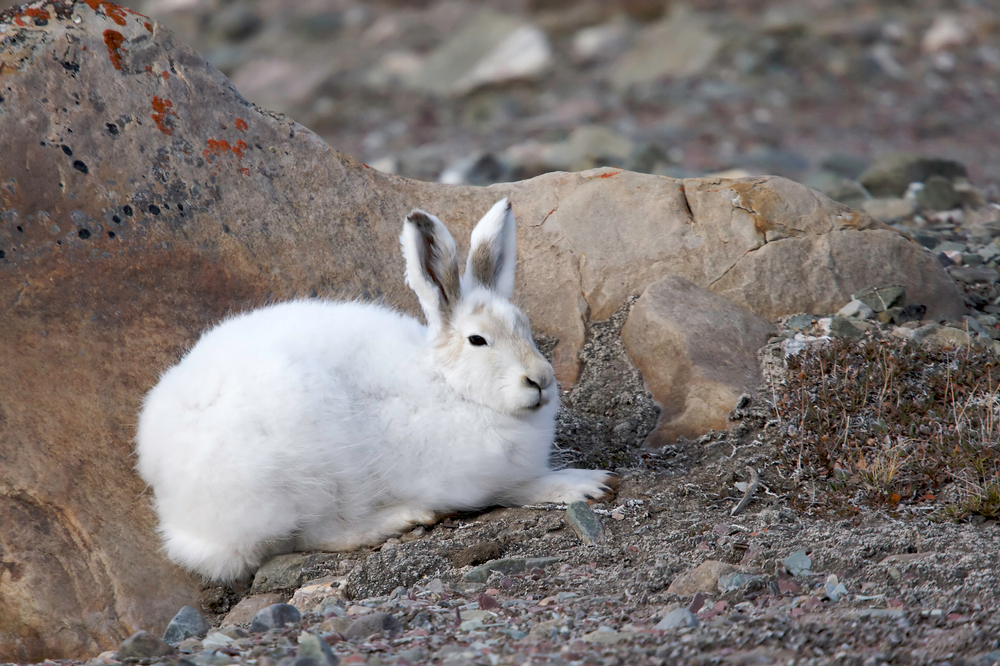Torngat Mountains Overview
Torngat Mountains National Park, known in Inuktitut as Tongait, meaning “place of spirits,” is a remote and rugged expanse of wilderness in northern Labrador, Canada.
Covering approximately 3,745 square miles (9,700 square kilometers), the park is situated at the northern tip of the Labrador Peninsula, bordering the Atlantic Ocean to the east and Quebec’s Nunavik region to the west.
This breathtaking protected area is co-managed by Parks Canada and the Inuit of Nunatsiavut and Nunavik, reflecting the deep cultural and historical connections the Inuit have with this land.
The park is defined by dramatic mountain landscapes, towering fjords, and expansive tundra. The Torngat Mountains, the highest range in eastern North America, dominate the terrain, with Mount Caubvick (1,652 meters or 5,420 feet) standing as the tallest peak in both Labrador and Quebec.
The park’s glacially carved valleys and fjords, such as Saglek Fjord and Nachvak Fjord, create a striking contrast between sheer cliffs and deep, icy waters. Vast rolling tundra and coastal meadows are interspersed with rocky outcrops, supporting a range of Arctic vegetation, including dwarf birch, willows, and an array of mosses and lichens. The park’s subarctic and Arctic climate fosters a landscape that appears both harsh and ethereal, with ice often lingering in shaded crevices throughout the summer months.
Wildlife in Torngat Mountains National Park is as rugged and untamed as its landscape. The park is home to one of the largest populations of polar bears in Canada, particularly along the coastline where they hunt seals on the sea ice. Black bears also roam the interior, creating a rare overlap of these two bear species. Caribou from the George River and Torngat herds traverse the park’s valleys and tundra, while Arctic foxes, red foxes, and wolves prowl the terrain.
The park’s coastal waters are rich with marine life, including seals, whales, and seabirds. Birdwatchers will find an abundance of species such as peregrine falcons, snowy owls, and gyrfalcons, as well as nesting seabirds like black guillemots and common eiders. The region’s remoteness ensures that these creatures thrive with minimal human disturbance, making for extraordinary wildlife encounters.
One of the park’s most popular features is its dramatic fjord system, offering visitors stunning views of sheer rock walls rising from the icy waters. The park also contains significant archaeological sites, some dating back nearly 7,000 years, showcasing the enduring presence of the Inuit and their ancestors.
These sites include ancient tent rings, food caches, and burial grounds that provide insight into the region’s rich cultural heritage. The Inuit continue to hunt, fish, and travel across the land, maintaining their deep connection to the environment and traditions.
Visitors to Torngat Mountains National Park typically arrive by chartered boat or aircraft, as there are no roads leading to the park. Guided expeditions, often led by Inuit guides, provide opportunities for hiking, wildlife viewing, and cultural experiences. Multi-day treks through the rugged mountains and along the fjords offer unparalleled solitude and breathtaking scenery, while boat tours allow for close encounters with glaciers, icebergs, and marine wildlife.
The Torngat Mountains Base Camp and Research Station, operating seasonally, serves as a hub for researchers, visitors, and local guides, offering a place to safely experience the park’s wild landscapes.
Conservation in the park focuses on protecting both its pristine environment and the cultural heritage of the Inuit. The park’s management prioritizes Inuit knowledge and leadership in decision-making, ensuring sustainable use of its resources.
Climate change poses challenges, as rising temperatures impact ice formation and caribou migration patterns. However, the collaborative approach between Parks Canada and the Inuit has been a success in preserving the park’s natural and cultural integrity.












































































